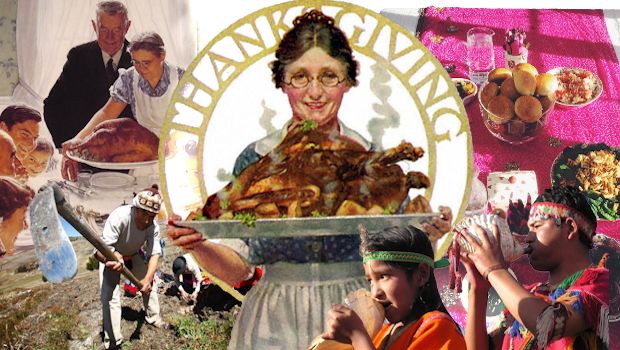
How Thanksgiving Day is Celebrated in Peru
You won’t find the customary American trappings of turkey and gravy, but the spirit of the Thanksgiving holiday is very much enshrined in Peruvian tradition.
DÃa de Acción de Gracias is what Peruvians call the American Thanksgiving Day. It’s also what they call any day on which a Mass of thanks is performed. Harvest festivals are a tradition here, going back thousands of years.
In his 1847 classic A History of the Conquest of Peru, William H. Prescott describes how the Inca ruler would enter the Temple of the Sun in Cusco “stripped of his royal insignia, barefooted and with all humility” to offer “thanksgiving to the glorious Deity who presided over the fortunes of the Incas.”
“This ceremony concluded,” Prescott wrote, “the whole population gave itself up to festivity, music, revelry and dancing were heard in every quarter of the capital.”
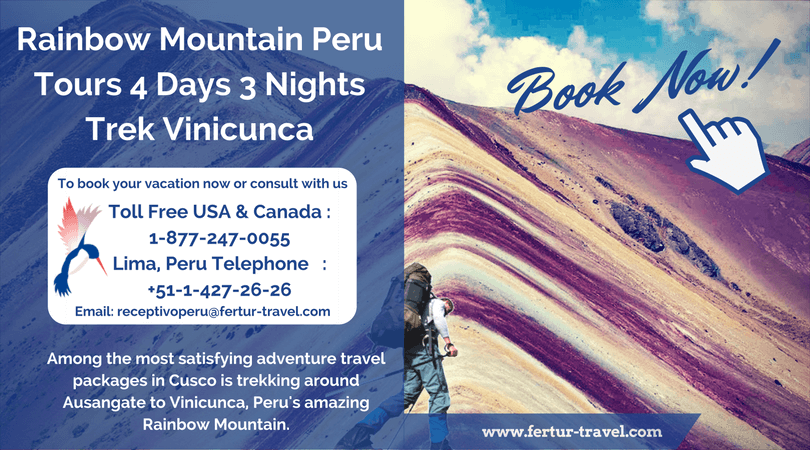
Spanish Chronicler Pedro Cieza de León in his 16th century Crónicas del Perú described Cusco’s indigenous population in 1550 celebrating a “thanksgiving” harvest, and reminiscing the loss of their Inti Raymi solstice festival following the Spanish Conquest.
“The Indians and their wives, having gathered the harvest, entered the city and created a great uproar,” Cieza wrote. “They were carrying digging sticks and maize straw and made merry, singing and saying how in the past they used to celebrate harvests.”
They sang “ballads and carols that had been composed for such occasions by their ancestors in thanksgiving to their gods.”
Christopher Heaney, author of Cradle of Gold: The Story of Hiram Bingham, a Real-Life Indiana Jones, and the Search for Machu Picchu, wrote how the Yale University professor received news that his entry back into Peru to continue his exploration was assured.
“He was perhaps sitting in that study on November 25, 1910, the day after Thanksgiving, when he opened a letter that suggested that all was not lost, it was in fact the best time imaginable to return to Peru in search for Vilcabamba.”
Vilcabamba was not what Bingham found in 1911, although he went to his grave believing that he had. It was Machu Picchu.
In 1922, he published Inca Land Explorations in the Highlands of Peru. In it, Bingham recalled crossing Lake Titicaca into Bolivia and witnessing a festival venerating the Virgen de la Candelaria — although he says it occurred in August, and it’s celebrated every February.
“On the peninsula of Copacabana, opposite the sacred islands, a great annual ant is still staged every August. Although at present connected with the pious pilgrimage to the shrine of the miraculous image of the ‘Virgin of Copacabana,’ this vivid spectacle, the most celebrated fair in all South America, has its origin in the dim past. It comes after the maize is harvested and corresponds to our Thanksgiving festival.”
Recommended reading: Thanksgiving Turkey Inspired by Peruvian-Style
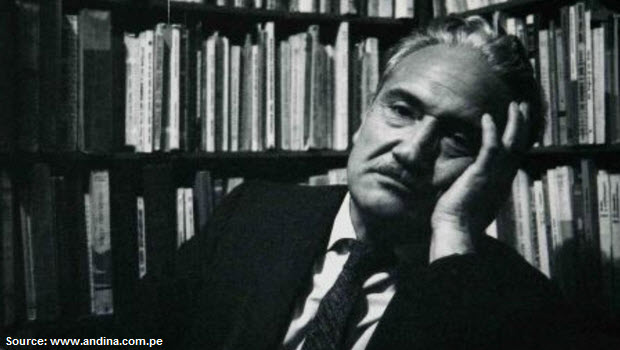 Peru celebrates the centennial birthday of Peruvian author and anthropologist Jose Maria Arguedas
Peru celebrates the centennial birthday of Peruvian author and anthropologist Jose Maria Arguedas 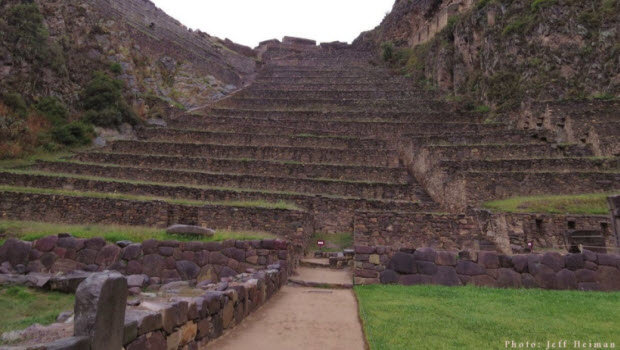 Hindsight in Cuzco – Nostalgia for the Enchanted City
Hindsight in Cuzco – Nostalgia for the Enchanted City 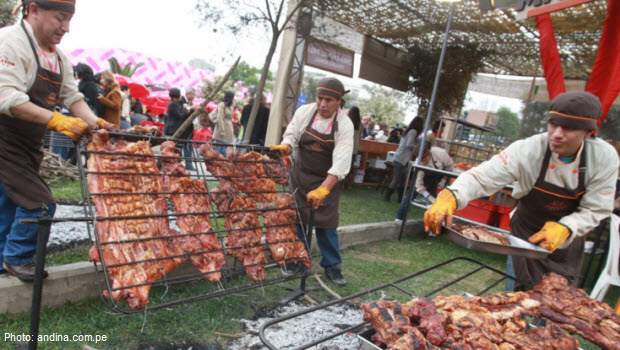 Mistura 2013 – Peru’s premier food fair – Opens
Mistura 2013 – Peru’s premier food fair – Opens 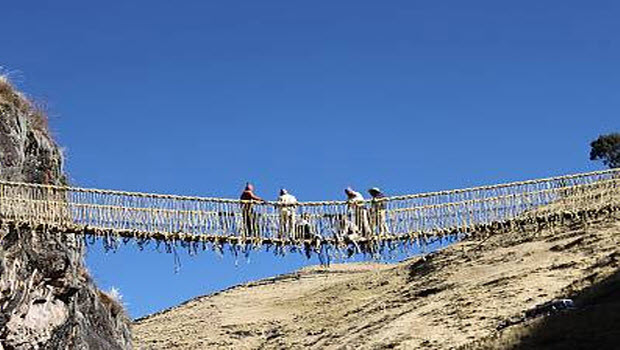 UNESCO eyes Q’eswachaka Inca rope bridge for heritage list
UNESCO eyes Q’eswachaka Inca rope bridge for heritage list 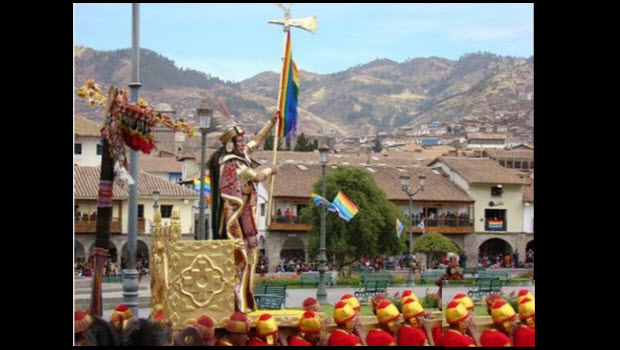 Book your Cusco trip featuring the Inti Raymi Festival
Book your Cusco trip featuring the Inti Raymi Festival 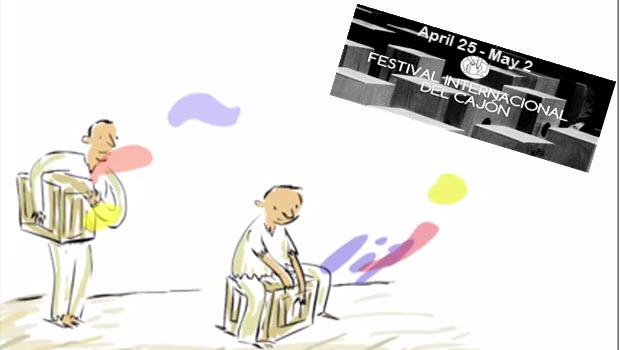 Cajon – Peruvian rhythm and beyond
Cajon – Peruvian rhythm and beyond  Discover Peru’s Rich Gastronomy at Perú Mucho Gusto 2024 in Lima
Discover Peru’s Rich Gastronomy at Perú Mucho Gusto 2024 in Lima 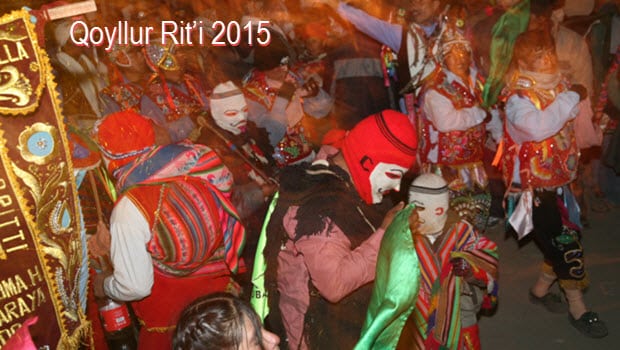 Reflections on Qoyllur Rit’i
Reflections on Qoyllur Rit’i